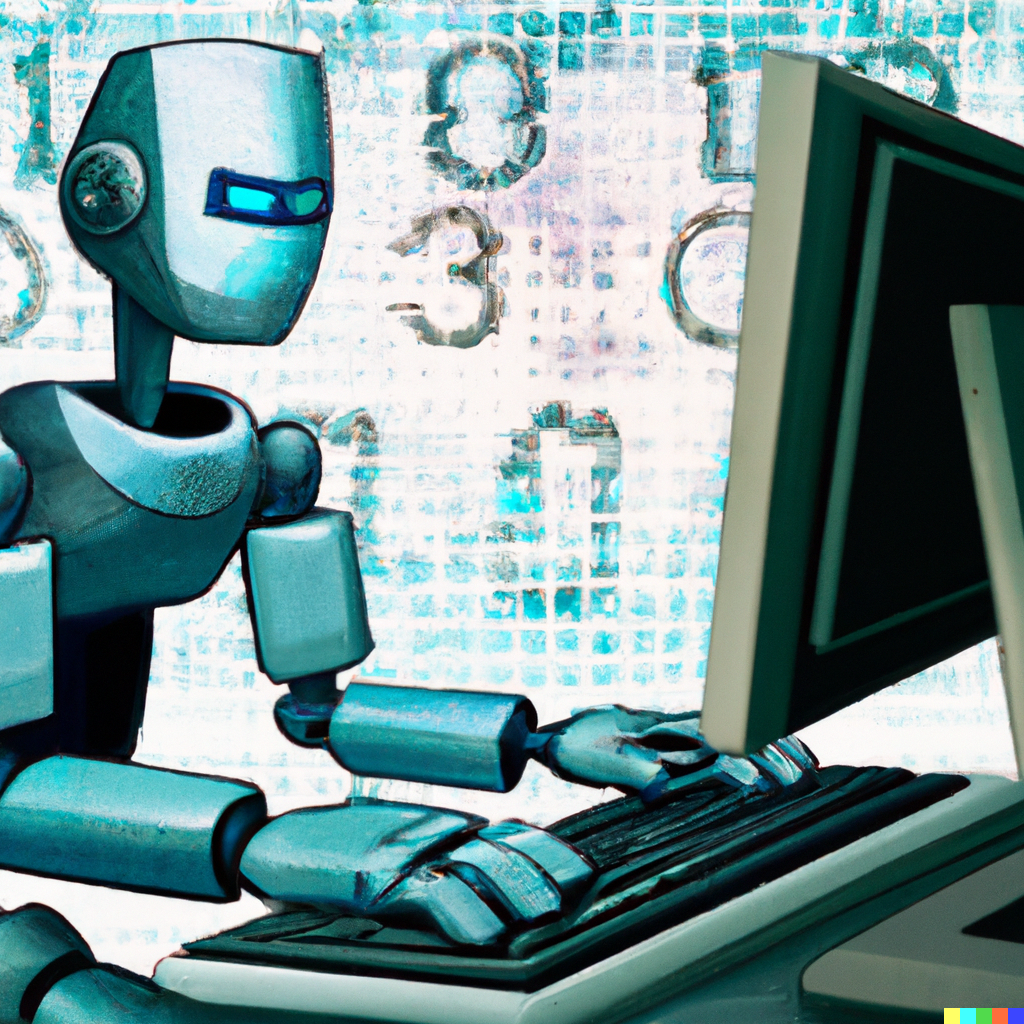August 23 | Robotics

In recent years, Robotics and Automation Technology (RoboTech) has rapidly advanced, transforming industries and redefining how businesses operate. From manufacturing to healthcare, logistics to retail, robotics and automation are becoming integral parts of various sectors. This blog delves into the current landscape of RoboTech, its applications, benefits, and future trends.
Robotics involves designing, constructing, operating, and using robots, which are machines capable of carrying out complex tasks autonomously or semi-autonomously. Automation refers to using technology to perform tasks with minimal human intervention. While robots are a subset of automation, automation encompasses a broader spectrum, including software and hardware that automates processes.
Robotics and automation often work hand-in-hand to enhance efficiency, accuracy, and safety in various applications. For instance, robots in manufacturing assembly lines automate repetitive tasks such as welding, painting, and packaging, significantly reducing human error and increasing production speed.
Manufacturing and Industrial Automation
The manufacturing sector is one of the most significant beneficiaries of robotics and automation. Industrial robots, such as articulated, SCARA (Selective Compliance Assembly Robot Arm), and delta robots, are extensively used in assembling, welding, material handling, and inspection. Automation systems streamline workflows, reduce waste, and improve product quality by performing precise and repetitive tasks.
Healthcare and Medical Robotics
In healthcare, robotics is revolutionizing surgery, diagnostics, and patient care. Surgical robots, like the Da Vinci system, enable minimally invasive procedures with greater precision and control. Additionally, robots assist in rehabilitation, patient monitoring, and transportation within healthcare facilities. Automation in diagnostics, such as laboratory robots and AI-powered diagnostic tools, speeds up processes and enhances accuracy.
Logistics and Supply Chain Automation
The logistics sector relies heavily on robotics and automation for warehouse management, order fulfillment, and delivery. Autonomous mobile robots (AMRs) and automated guided vehicles (AGVs) efficiently navigate warehouses, transport goods, and optimize inventory management. Drones are also being explored for last-mile delivery, reducing delivery times and costs.
Retail and Customer Service Automation
Retailers are increasingly adopting robotics to enhance customer experience and streamline operations. Robots like Pepper and SoftBank Robotics’ NAO are used for customer service, providing information and assistance in stores. Automation technologies, including self-checkout kiosks and inventory management robots, help retailers reduce costs and improve efficiency.
Agriculture and Food Production Automation
In agriculture, robotics and automation improve productivity and sustainability. Autonomous tractors, drones, and robotic harvesters perform tasks like planting, spraying, and harvesting with precision, reducing labor costs and increasing yield. Automation in food processing and packaging ensures consistent quality and reduces human error.
Home Automation and Consumer Robotics
Consumer robotics, including robotic vacuum cleaners, lawn mowers, and personal assistants like Amazon’s Alexa and Google Home, are becoming commonplace in households. Home automation systems allow users to control lighting, security, and appliances remotely, enhancing convenience and energy efficiency.
Increased Efficiency and Productivity: Robots and automated systems operate continuously without breaks, significantly boosting productivity and throughput in various industries.
Improved Quality and Precision: Automation reduces human error, ensuring consistent quality and precision in tasks ranging from manufacturing to surgery.
Cost Savings: While the initial investment in robotics and automation can be high, the long-term savings in labor costs, waste reduction, and increased efficiency outweigh the upfront costs.
Enhanced Safety: Robots can perform dangerous or hazardous tasks, reducing the risk of injuries to human workers. In healthcare, robotic surgery reduces complications and speeds up recovery times.
Scalability and Flexibility: Automated systems can be easily scaled up or down to meet changing demands, making them highly adaptable to various applications and industries.
While robotics and automation offer numerous benefits, there are challenges to consider:
High Initial Investment: The cost of acquiring, implementing, and maintaining robotic systems can be prohibitive for some businesses, particularly small and medium-sized enterprises (SMEs).
Skill Gap and Workforce Displacement: Automation may lead to workforce displacement, requiring employees to acquire new skills to remain relevant in an increasingly automated world. Companies must invest in training and upskilling their workforce.
Cybersecurity Risks: As robotics and automation systems become more interconnected, they are vulnerable to cyberattacks. Ensuring robust cybersecurity measures is crucial to protect sensitive data and maintain operational continuity.
Ethical and Regulatory Concerns: The use of robotics in sensitive applications like healthcare and customer service raises ethical concerns regarding privacy, data security, and decision-making. Regulatory frameworks must evolve to address these challenges.
Artificial Intelligence and Machine Learning Integration: The integration of AI and machine learning with robotics is enabling more intelligent and adaptable systems. Robots can learn from their environment, improve performance, and make autonomous decisions.
Collaborative Robots (Cobots): Unlike traditional industrial robots that operate in isolation, cobots are designed to work alongside humans safely. They are increasingly used in manufacturing, healthcare, and service industries, enhancing productivity and flexibility.
Robotics-as-a-Service (RaaS): Similar to Software-as-a-Service (SaaS), RaaS models allow businesses to lease robotic systems, reducing upfront costs and making automation accessible to more companies.
5G and Edge Computing: The rollout of 5G networks and advancements in edge computing are enhancing the capabilities of robotics and automation systems by providing faster, low-latency communication and processing.
Sustainable Robotics: There is a growing emphasis on developing eco-friendly robots and automation systems that reduce energy consumption, waste, and environmental impact.
Human-Robot Interaction (HRI): Improving HRI is a focus area, ensuring that robots can understand and respond to human emotions and intentions, making them more effective in applications like caregiving, customer service, and education.
Robotics and Automation Technology (RoboTech) is at the forefront of the technological revolution, reshaping industries and driving innovation. As technology advances, we can expect robots to become even more integrated into our daily lives and workplaces. However, navigating the challenges and ethical considerations will be crucial to harnessing the full potential of RoboTech while ensuring a positive impact on society.
By understanding the current state and future trends of RoboTech, businesses and individuals can better prepare for a future where robotics and automation play a central role in shaping our world.
SHARE THIS:
© Copyright 2025Global Tech AwardsAll Rights Reserved